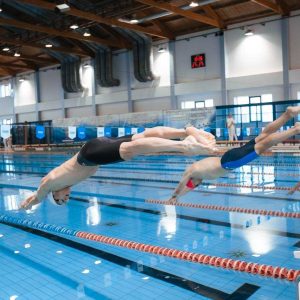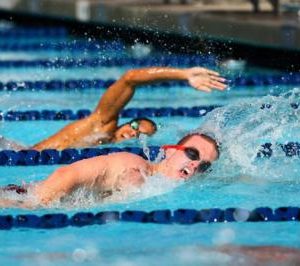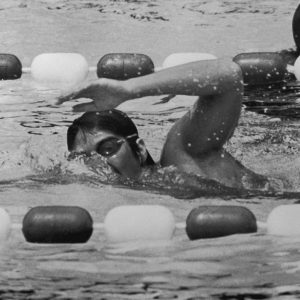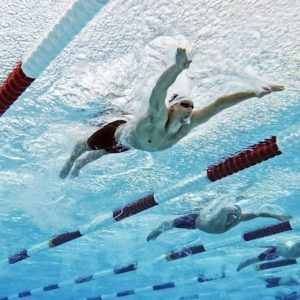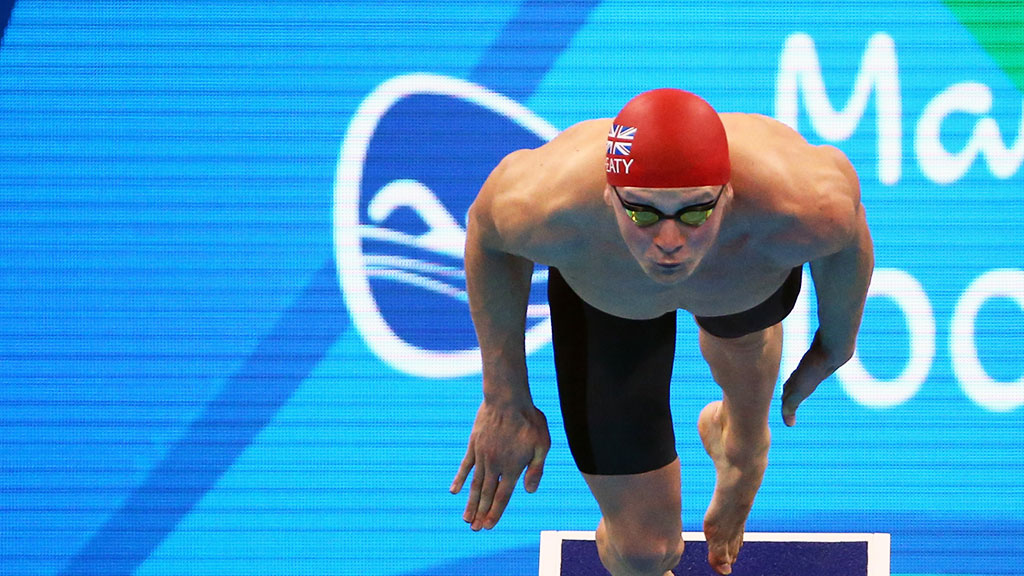Swimming
Founder of the sport of swimming:
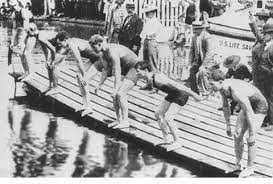
The founder of the sport of swimming cannot be identified as it is one of the oldest forms of physical activity, practiced throughout the world since ancient times. Swimming as a sport began to take shape in the 19th century, when the first competitions began to be held in Europe and America.
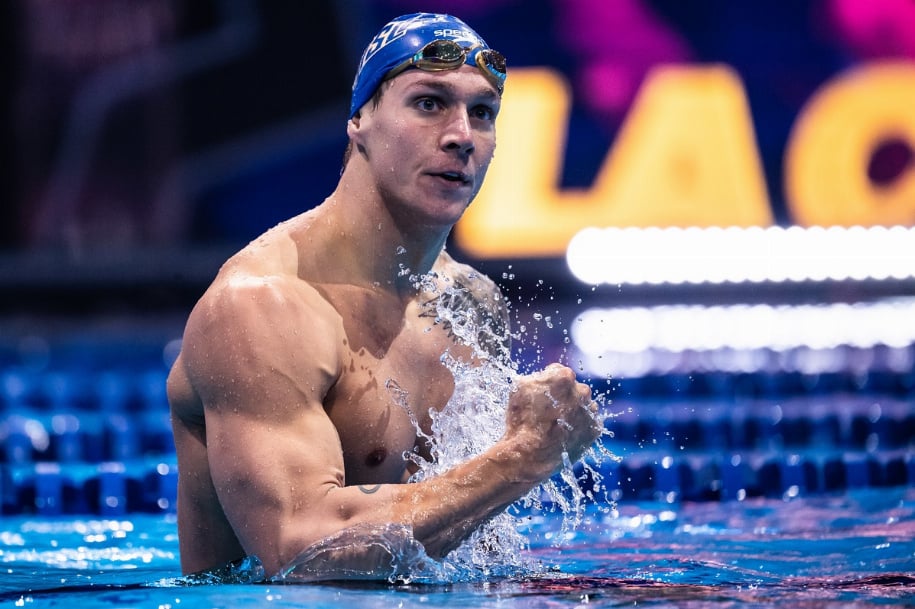
Caileb Dressel
In recent years, the world champion in swimming can be many athletes in various disciplines and distances. For example, Caileb Dressel of the United States won multiple gold medals at the 2019 FINA World Championships.

Michael Phelps (USA)
the most decorated Olympian in history, winning 23 Olympic gold medals.
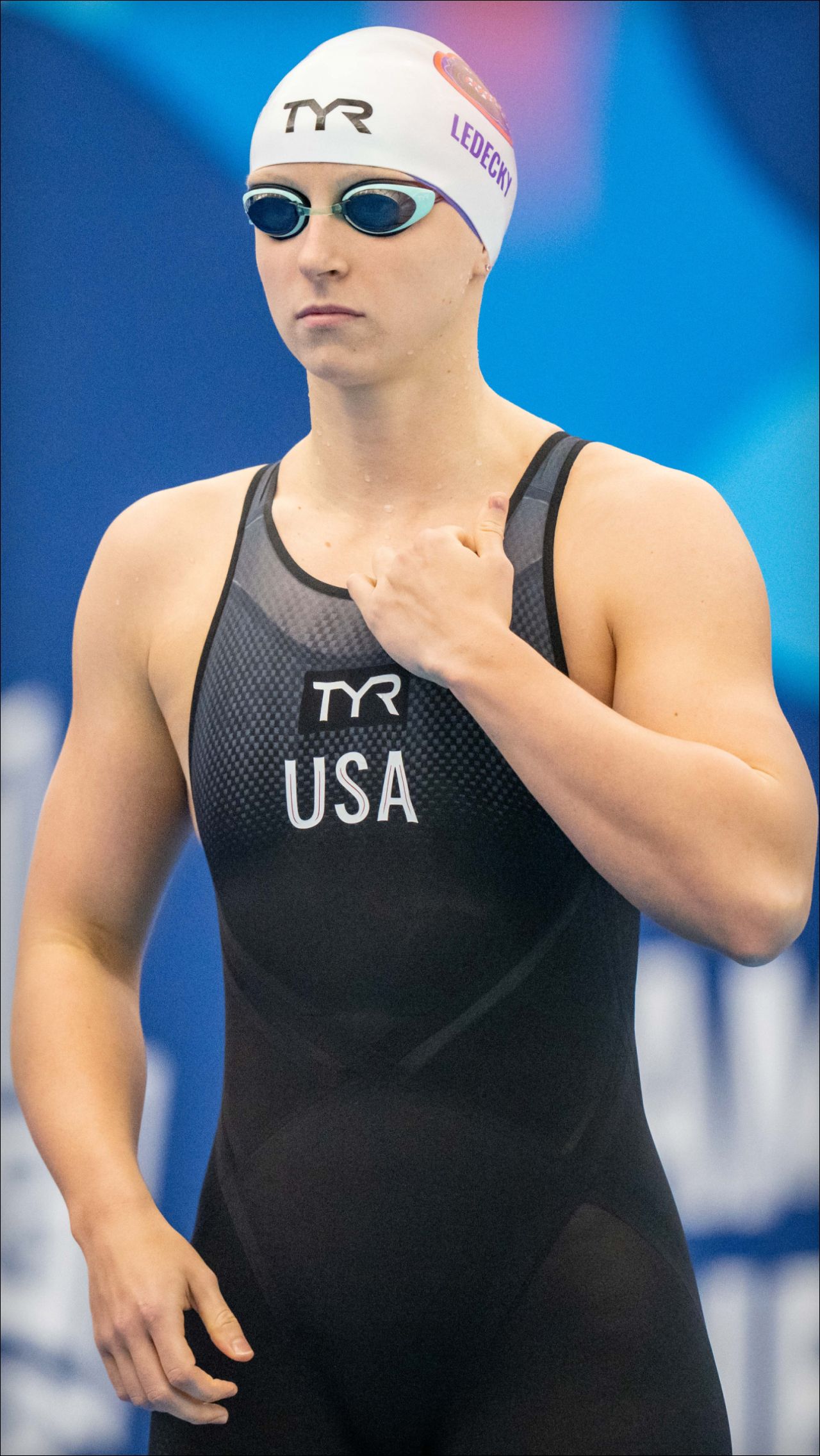
Katie Ledecky (USA)
holder of world records and Olympic medals in long-distance freestyle.
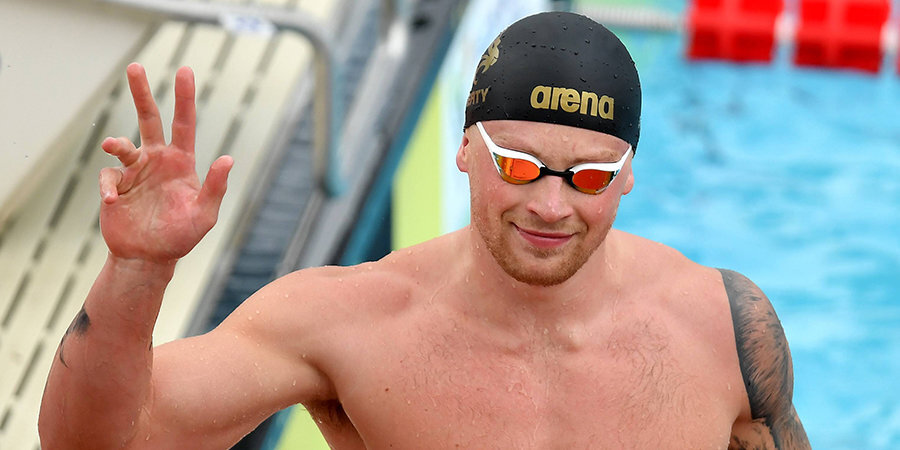
Adam Peaty (UK)
One of the best point guards of our time, known for his versatility and game intelligence.
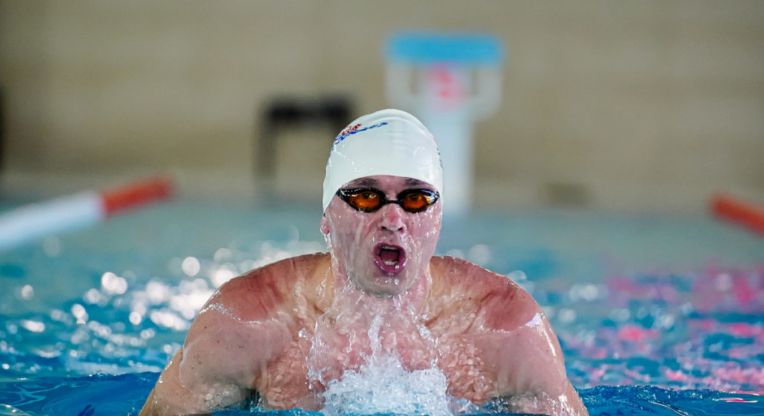
Mahmoud Nazeri (Iran)
Mahmoud Nazeri is one of Iran’s best swimmers, specializing in freestyle distances. He is a multiple winner of the Asian Games and national championships. Mahmoud actively supports young talents and participates in charity events related to the development of sports.
History of sailing
Swimming as a sport originated in the 15th century. In Venice in 1515, competitions for swimmers, the first in the world, were held. In 1538, the first guide for swimmers was published under the authorship of P. Winman. In the second half of the 18th and early 19th centuries, the first schools appeared in Austria, Germany, France and Czechoslovakia. Closer to the middle of the 19th century, artificial pools appeared, so this sport became extremely popular.
In Europe, the first swimming competition was held in 1890. After 6 years, it was included in the Olympic program. In 1908, the International Amateur Swimming Federation – FINA – was founded, which united 96 national federations by 1973.
Types of swimming
Swimming includes four sections, which are called sports, games, applied and figure swimming. Underwater and recreational swimming, as well as diving, are also highlighted. A little more about them:
Sports swimming. These are different competitions of distances and types, which are defined by special rules. Sports swimming competitions are held in pools of standard size: 25 m or 50 m and at distances of 50 – 1500 m. Such competitions are also held in open water bodies.
Game swimming. This type of sport includes a variety of entertainment and moving games in the water. As a rule, game swimming is used in the training and education of young swimmers. The game form evokes great, positive emotions, increases children’s activity and interest in swimming, promotes the cultivation of a sense of camaraderie and the emergence of initiative.
Applied swimming. It includes diving in depth and in length, methods of saving a drowning person and methods of overcoming water obstacles.
Figure swimming. It is also called synchronous or artistic. It includes various sets of movements, which are composed of choreographic elements using gymnastic and acrobatic combinations to build different figures in the water.
Jumping into the water. They are carried out from the tower or from springboards. During the jump, it is important to perform all movements correctly, since each jump has its own difficulty factor, which depends on the height, as well as the execution of movements in the air.
Recreational swimming. Thanks to it, well-being improves, immunity is strengthened and tempering is strengthened.
Diving. This is underwater shooting, diving, swimming in a mask and fins, scuba diving, underwater rugby, hockey.
Any type of swimming can be both solo and group.
There are several styles of swimming. The most common among them are:
Crawl. It is important to breathe correctly and perform movements. The main principle is a minimum of movements to achieve greater efficiency.
Breaststroke. This is when the shoulders are parallel to the water, and the arms and legs perform coordinated movements.
Butterfly. This is a style of swimming that requires physical training of legs and arms.
Several swimming techniques:
Freestyle (crawl)
the fastest and most commonly used technique.
Breaststroke
a technique in which the arms and legs move symmetrically underwater.
a technique in which the arms and legs move symmetrically underwater.
technique with double wave-like movement of the body and synchronized movement of the arms.
On the back
the only technique in which the athlete swims on his back.

